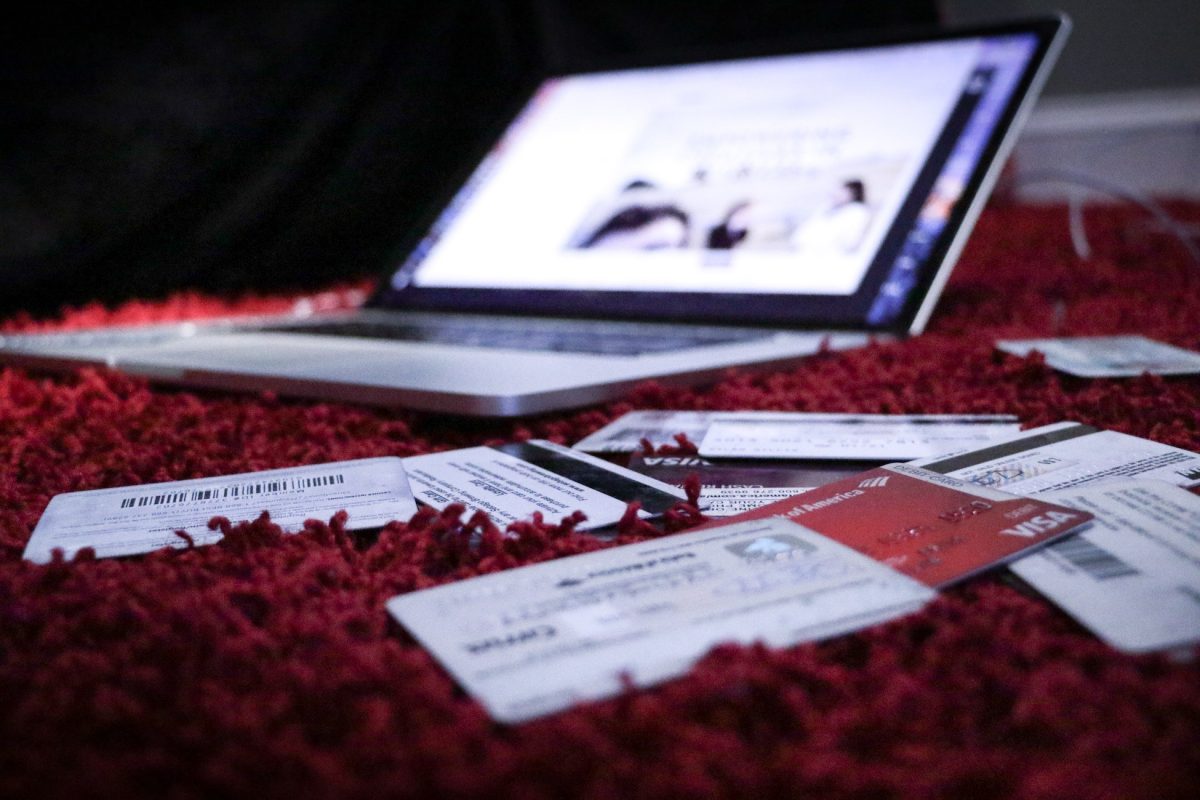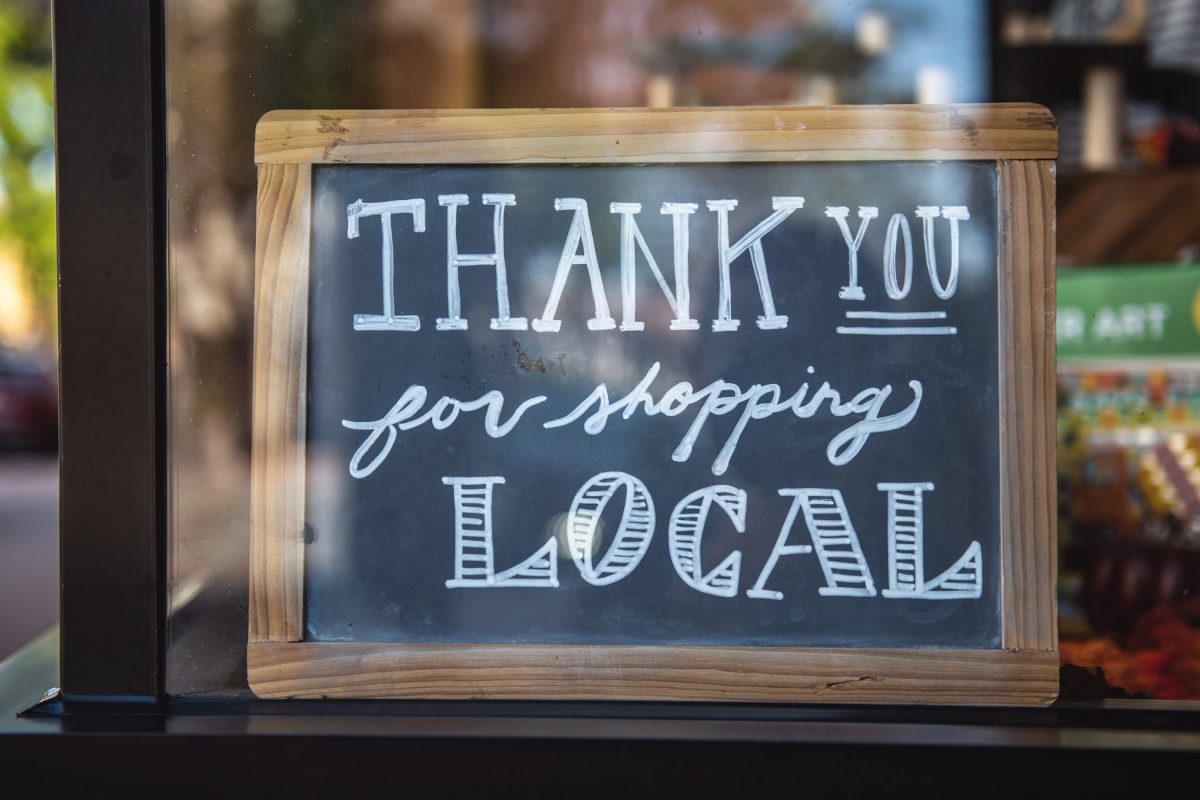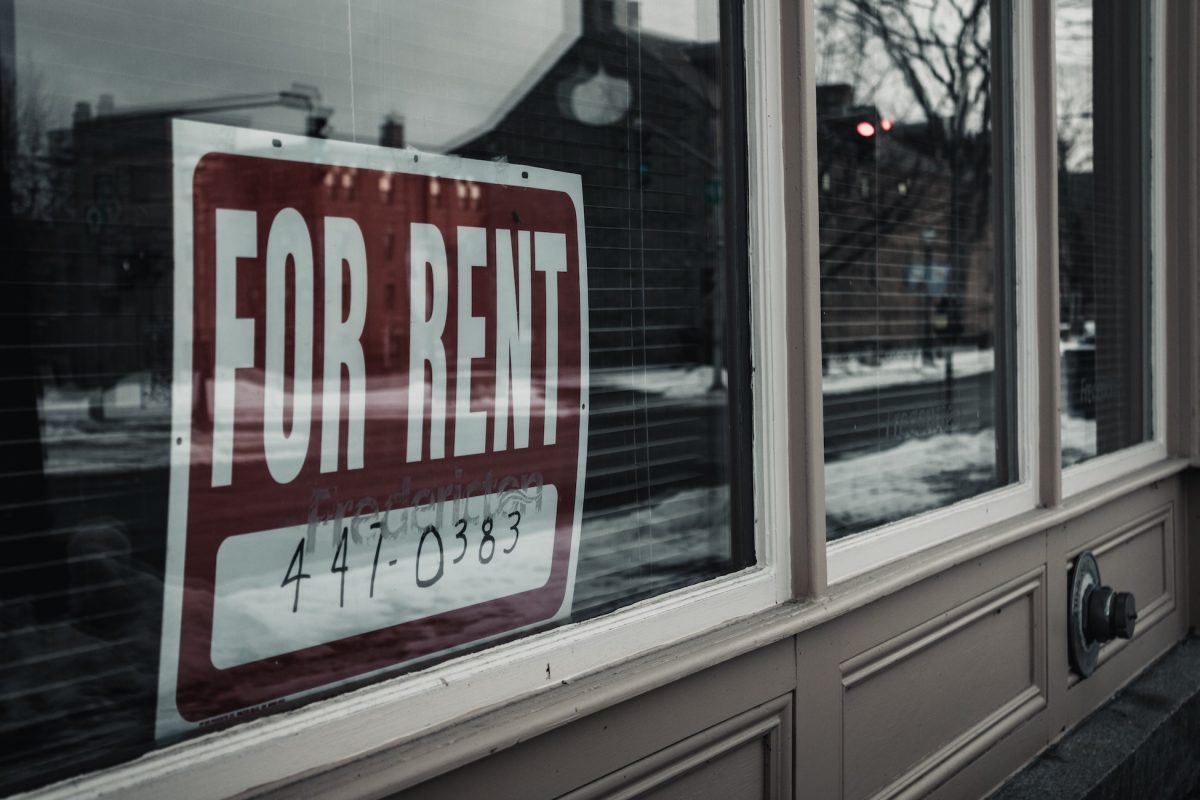Picture this: You’ve just landed a gig as a freelance digital nomad, your bank account is gasping for air, and you suddenly need cash to cover an unexpected expense. But wait—there’s a twist in your financial tale: you don’t have a traditional job. Welcome to the wild and sometimes wacky world of “Loans With No Job.” In this in-depth guide, we’re diving headfirst into what these loans are all about, who they’re for, and how you might snag one—even if your paycheck comes from hustle, gig work, or sometimes, pure hustle alone.
Loans With No Job: Everything You Need to Know Table of Contents
Understanding No Job Loans: Breaking Down the Basics
Who Exactly Qualifies? The Eligibility Criteria for No Job Loans
The Pros and Cons of Loans With No Job
Navigating the Application Process: A Step-by-Step Guide
Financial Flexibility and Alternative Options
Common Misconceptions and Pitfalls to Avoid
Tips and Tricks to Manage Loans When You’re Job-Free
Resources and Community Support: Your Next Steps
Real-Life Stories: Learning from Others Who’ve Walked the Loan-Free Job Walk
Frequently Asked Questions About Loans With No Job
Your Journey to Financial Empowerment: Next Steps and Final Insights
Understanding No Job Loans: Breaking Down the Basics
Let’s start with the basics. Unlike conventional loans that require steady employment and regular pay stubs, “Loans With No Job” cater to individuals who, for one reason or another, aren’t tied to the 9-to-5 grind. Whether you’re between jobs, embracing the freelance life, or simply choosing a non-traditional career path, these loans aim to fill the funding gap when you need cash now, not when you’ve got a conventional job lined up.
Traditional lenders often ask for proof of steady employment and a consistent income stream before approving any credit. But what if your income doesn’t exactly fit that cookie-cutter mold? Enter the world of alternative financing: lenders that place less emphasis on having a formal job and more on your overall financial picture. These lenders know that being unemployed or self-employed doesn’t equate to being financially clueless.
In essence, no job loans are designed for the modern mover and shaker who value flexibility over conformity. They take into account other factors like bank statements, savings history, and even your potential to earn in the future, making them a viable option in a world where the definition of “employment” is continually evolving.
Who Exactly Qualifies? The Eligibility Criteria for No Job Loans
You might be wondering: “Am I eligible for a loan even if I’m not ringing in the cash with a steady paycheck?” The answer isn’t as clear-cut as a simple yes or no—it depends on several factors. Lenders look at your overall financial health, not just your employment status.
Your Income Alternatives
When traditional pay stubs are missing in action, lenders will often look at alternative proof of income. Think freelance contracts, royalties, social media sponsorship deals, or even dividends from your investments. If you’re a side hustle superstar, you likely have more than enough proof that money is coming in—even if it’s not on a monthly basis.
Credit Score and Financial History
Your credit score is a huge factor in the decision. A solid credit history signals to lenders that you’re responsible with money, regardless of where that money comes from. Keep in mind, though, that some no job loans might come with higher interest rates if your credit score isn’t sparkling.
Alternative Documentation
Be ready to show bank statements, tax returns, or even letters of recommendation from clients. These documents help paint a full picture of your financial life. The goal is to convince lenders that you’re not a risk, even if you don’t have a traditional 9-to-5.
Essentially, if you can prove that you’re responsible with money—even if your revenue stream is unconventional—you might just qualify for a loan that says, “No job? No problem!”
The Pros and Cons of Loans With No Job
Like every financial tool, loans with no job come with their own set of advantages and pitfalls. Let’s break them down in a way that’s as entertaining as scrolling through your favorite meme page.
The Upside: Why They Might Be Your Financial Lifebuoy
- Access to Emergency Funds: When life throws a curveball, these loans can be a lifesaver. Whether it’s a medical bill or urgent repairs, you get the cash you need, fast.
- Flexibility for Non-Traditional Incomes: Forget the rigid structures of traditional banks. Lenders in this space acknowledge that income can come in flavors—gig, freelance, or entrepreneurial.
- No Job, No Problem: This is the magic phrase. You don’t need a steady paycheck to access funds, which is perfect for digital nomads, creators, and entrepreneurs.
- Fast Approval Processes: With less red tape than traditional loans, many of these options offer quick decisions, sometimes in as little as 24 hours.
The Downside: What to Keep in Mind
- Higher Interest Rates: Riskier loans often come with steeper rates. Since you’re not your average salaried employee, lenders see you as a higher risk, and that can mean costlier interest.
- Shorter Repayment Terms: Some no job loans must be paid back over shorter periods. This means you need to be on top of your finances to avoid missing a payment.
- Additional Fees: There can be upfront fees, processing fees, or even penalties for early repayment. It pays to read the fine print.
- Impact on Credit: Failure to repay can significantly damage your credit score. If the financial load becomes too heavy, it might set you back further.
In short, while loans with no job can provide quick and flexible financing, they also require a healthy dose of caution and financial savvy. Like any loan, you need to assess whether the benefits outweigh the potential drawbacks.
Navigating the Application Process: A Step-by-Step Guide
Applying for a no job loan might sound as daunting as assembling IKEA furniture without the manual, but we’re here to break it down into bite-sized steps that even your most financially oblivious friend could follow.
Step 1: Assess Your Financial Situation
Begin by taking a good, hard look at your finances. List your income sources, even if they’re non-traditional. Gather your bank statements, tax documents, and any proof of income like freelance contracts or investment returns. This initial self-check helps you understand what you can realistically afford to borrow.
Step 2: Research Lenders
Not all lenders are created equal. Some specialize in no job loans, while others are more flexible than a yoga instructor. Check out online reviews, ask fellow freelancers or gig workers on social media, and compare offers. Look for transparency in fees, interest rates, and repayment terms.
Step 3: Gather Your Documentation
The paperwork might seem endless, but it’s crucial. Prepare documents like your recent bank statements, tax returns, and any proof of alternative income. Some lenders might also require a detailed explanation of your career path or freelance projects.
Step 4: Submit Your Application
With your documentation in hand, complete the lender’s application form. Many online lenders offer a streamlined process with quick turnaround times. Make sure every detail is correct to avoid delays or rejections.
Step 5: Review the Terms and Conditions
Before you sign on the dotted line (or click “I Agree”), carefully scrutinize the terms. Pay close attention to interest rates, repayment schedules, fees, and penalties. It’s a financial commitment, so don’t rush it!
Step 6: Accept the Loan and Plan Your Repayments
Once approved, you’ll receive the funds—usually faster than you can say “I’m a freelancer!” Set up a repayment plan that aligns with your income cycles, and consider automatic payments to dodge any late fees.
Following these steps can demystify the process and empower you to secure a no job loan even amid financial uncertainty. Remember, preparation is key when navigating the sometimes murky waters of alternative lending.
Financial Flexibility and Alternative Options
If the idea of taking on a loan without a regular paycheck still makes you break into a cold sweat, don’t worry—you’re not alone. There are plenty of alternative ways to access funds and manage cash flow in today’s gig economy.
Peer-to-Peer Lending
Peer-to-peer (P2P) lending platforms connect individual borrowers with investors who are willing to fund loans. The process is often more transparent and can come with competitive interest rates. For those who value community and personal touch, P2P lending is like borrowing from your neighbor—only with a digital twist and slightly more paperwork.
Credit Unions and Community Banks
Smaller financial institutions like credit unions and community banks can be more understanding of non-traditional income sources. They might work with you to craft a loan based on your personal financial story, rather than a strict employment record.
Payday Alternative Loans (PALs)
While traditional payday loans come with sky-high rates and even scarier repayment terms, some credit unions offer Payday Alternative Loans. PALs are designed to be a short-term fix with lower fees and more reasonable interest rates, making them a lifeline for those in a pinch.
Personal Lines of Credit
Instead of a lump sum loan, a personal line of credit gives you access to funds as needed. This flexibility means you only borrow what you need when you need it, and you repay gradually over time. It’s like having a financial safety net that you can dip into during lean periods.
Exploring these alternative options can broaden your financial horizons and help you find a solution that fits your unique lifestyle and income structure—even if the traditional 9-to-5 paycheck remains a distant memory.
Common Misconceptions and Pitfalls to Avoid
There are a lot of myths floating around when it comes to loans with no job. Let’s debunk some of these misconceptions and spotlight potential pitfalls you should be aware of before signing any dotted line.
Myth 1: No Job Means No Creditworthiness
Just because you’re not employed full-time doesn’t mean you’re financially irresponsible. Lenders are increasingly recognizing alternative income streams—whether from freelance gigs, passive investments, or creative hustles. Your credit history and financial discipline can speak louder than your job title.
Myth 2: These Loans Are Always Predatory
While it’s true that some lenders might charge exorbitant fees and interest rates, not all no job loans are created equal. There are reputable lenders who clearly lay out their terms and help you make an informed decision. Always do your research and compare offers—think of it as financial window shopping.
Myth 3: Accepting a Loan Means You’re in Financial Despair
Taking out a loan doesn’t automatically label you as a financial failure. Many people use these loans as strategic tools to bridge gaps, seize emerging opportunities, or manage unexpected expenses. It’s all about how you manage the loan and plan for repayment.
Pitfall 1: Overborrowing
Just because you’re eligible for a certain amount doesn’t mean you should borrow the maximum available. Evaluate your actual needs and make sure that you can realistically repay without compromising your financial stability.
Pitfall 2: Failing to Read the Fine Print
As with any loan, the devil is in the details. Scrutinize interest rates, fee structures, and repayment terms before you commit. Ask questions if something seems unclear—your financial future is not the place for guesswork.
Pitfall 3: Ignoring Repayment Plans
A loan is only as manageable as your plan to repay it. Without a realistic budget and anticipated income stream, you risk falling into a cycle of debt that can damage your credit and add stress to your life.
Understanding these misconceptions and avoiding common pitfalls will empower you to make smarter, more intentional financial decisions. It’s all about being proactive and informed.
Tips and Tricks to Manage Loans When You’re Job-Free
Managing a loan without a steady job can feel like walking a tightrope without a safety net, but with the right strategies, you can maintain balance and avoid unnecessary stress. Here are some tried-and-true tips to keep your finances in check:
Create a Realistic Budget
Start by mapping out your income—yes, even those unpredictable freelance payments—and list your regular expenses. A detailed budget helps you know exactly where your money goes, ensuring you can set aside funds for timely loan repayments.
Build an Emergency Fund
If you’re already borrowing to cover unexpected expenses, consider gradually building an emergency fund. Even a modest savings cushion can reduce the need to resort to high-interest loans in a crunch.
Automate Your Payments
Set up automatic payments if possible. Automating your loan repayments can help you avoid late fees and maintain a good credit score—all while sparing you the headache of keeping track of multiple due dates.
Monitor Your Credit Score
Keeping an eye on your credit score is crucial. It not only influences your ability to secure loans in the future but also serves as a barometer for your overall financial health. Many free services provide regular updates and tips on improvement.
Stay Educated and Informed
The financial landscape is always shifting, especially for non-traditional earners. Subscribe to reputable financial blogs, join online communities, or even attend local workshops to keep up with the latest trends and best practices. Knowledge is power—and it might just save you from another pricey loan.
With these strategies in your back pocket, you can navigate the uncertainties of a job-free life without sacrificing your financial wellbeing. It’s all about being mindful, proactive, and fearless in your pursuit of financial stability.
Resources and Community Support: Your Next Steps
When you’re living a non-traditional lifestyle, tapping into community resources and expert advice can be a game changer. Financial decisions, especially when juggling non-conventional income, are best made with a little help from your friends—both online and in real life.
Join Online Communities
There are countless online communities and forums where freelancers, gig workers, digital nomads, and creative entrepreneurs share their experiences, tips, and success stories. From Reddit threads to dedicated Facebook groups and financial planning subreddits, these digital hubs are treasure troves of advice.
Follow Financial Blogs and Influencers
The millennial and Gen Z generation is home to a wealth of savvy financial experts who cut through the jargon and deliver practical advice. Follow blogs, YouTube channels, or Instagram accounts dedicated to personal finance and alternative working lifestyles. Their insights can help you navigate the complexities of loans with no job and improve your financial literacy.
Consult with Financial Advisors
If you’re feeling a bit overwhelmed, remember that personalized advice is always available. Many financial advisors specialize in alternative income structures and can help tailor a strategy that fits your lifestyle—without breaking the bank.
Local Workshops and Meetups
Check out local events in your city. Many urban centers now host financial literacy workshops, startup meetups, and small business networking events. These gatherings not only provide practical advice but also help you build a network of supportive peers who can share their own success stories and cautionary tales.
Tapping into these resources can equip you with the tools, knowledge, and community backing you need to take control of your finances. Remember, you’re not alone in this journey—there’s a whole tribe of like-minded individuals ready to cheer you on, share experiences, and lend a helping hand.
Real-Life Stories: Learning from Others Who’ve Walked the Loan-Free Job Walk
Sometimes the best way to learn is by hearing about the experiences of others who have navigated the ups and downs of obtaining loans with no traditional job. Here are a few real-life snapshots:
The Creative Entrepreneur’s Tale
Taylor, a graphic designer and content creator, found herself in a pinch when her freelance client payments were delayed due to unforeseen circumstances. With bills piling up, she opted for a no job loan from an online alternative lender. By meticulously tracking her freelance income and keeping a tight budget, Taylor repaid the loan on time—and even learned a few budgeting hacks along the way.
The Digital Nomad’s Experience
Alex, who lives out of a suitcase and thrives on ever-changing work landscapes, needed funds to fix a crucial piece of tech on his travels. Despite not having a traditional job, Alex successfully navigated the application process by showcasing his reliable income via digital platforms and a well-maintained portfolio of gigs. His story emphasizes that flexibility and transparency can unlock financial solutions in unexpected places.
The Side Hustler’s Journey
Jordan juggles a full-time gig with multiple side hustles—from selling vintage finds online to offering tutoring sessions. When an emergency expense cropped up, Jordan opted for a no job loan, demonstrating that a diverse range of income can collectively build a strong enough case for lenders. The key takeaway? Your varied income streams are assets, not liabilities.
These stories highlight that the journey to financial empowerment isn’t linear. It’s filled with learning curves, creative problem-solving, and the persistence to overcome obstacles. Let these narratives remind you that you, too, have the resourcefulness to navigate your financial future—no conventional job required.
Frequently Asked Questions About Loans With No Job
We know you’ve got questions, and we’re here to help. Below are some of the most common inquiries, along with answers that cut through the jargon.
1. Can I really get a loan without a traditional job?
Yes, many lenders today recognize alternative income sources such as freelance work, gig economy earnings, or even investment income. Your credit history and overall financial stability play a significant role.
2. What documentation do I need to apply for a no job loan?
Lenders may require bank statements, tax returns, proof of freelance contracts, or any other evidence that demonstrates a steady—and albeit unconventional—cash flow.
3. Are interest rates for these loans higher?
Typically, yes. Since these loans come with an increased risk for lenders, you might encounter higher interest rates compared to traditional loans. Be sure to compare offers carefully.
4. How quickly can I get approved?
Many online lenders offer fast approvals, sometimes within 24 hours. However, the speed often depends on the lender’s policies and how prepared you are with the necessary documents.
5. What should I do if I can’t meet the repayment schedule?
It’s crucial to set up a realistic budget before taking out any loan. If you foresee difficulties in repayment, communicate with your lender immediately—they might offer restructuring or alternative repayment options.
6. Can no job loans help build my credit?
Responsible borrowing and timely repayments can positively impact your credit score over time, even if you don’t have a traditional job.
7. Are there alternatives to no job loans?
Yes, alternatives include personal lines of credit, Payday Alternative Loans (PALs) from credit unions, or even peer-to-peer lending options that might offer more flexible terms.
8. How do I determine which lender is right for me?
Start by comparing reviews, fees, interest rates, and repayment plans. Don’t hesitate to ask questions, and use online tools to crunch the numbers before making a decision.
Your Journey to Financial Empowerment: Next Steps and Final Insights
Embarking on the quest for a loan with no job is as much about self-discovery as it is about financial management. You’re navigating uncharted waters, but every great adventurer knows that progress often requires stepping outside the norm. Whether you’re a freelancer, a gig worker, or someone who’s chosen an unconventional path, your financial journey is uniquely yours—and it’s filled with opportunities for growth and empowerment.
In today’s fast-paced world, traditional employment structures aren’t the only pathway to financial success. With the right tools, preparation, and a bit of savvy, you can secure the funds you need without the confines of a regular paycheck. Every careful budgeting decision, every alternative revenue stream, and every timely repayment builds a foundation for future prosperity.
Remember, financial empowerment isn’t just about accessing loans—it’s about understanding your financial landscape, staying informed, and continuously evolving. Your experience navigating no job loans can serve as a catalyst for a more robust, thoughtful approach to handling money in an ever-evolving economy.
So take that leap, gather those documents, and don’t be afraid to ask the tough questions. With a clear plan, diligent research, and a supportive community behind you, you can turn financial challenges into stepping stones toward a brighter future. Embrace the journey, learn from every twist and turn, and let each step forge a path to lasting financial empowerment.
Your journey doesn’t end here—it only grows richer with every informed decision and every resource you tap into. Whether you’re updating your budgeting spreadsheet or diving into a new financial strategy, the power to transform your financial future is firmly in your hands. Step forward confidently, knowing that every bit of knowledge acquired today is an investment in a secure, thriving tomorrow.













